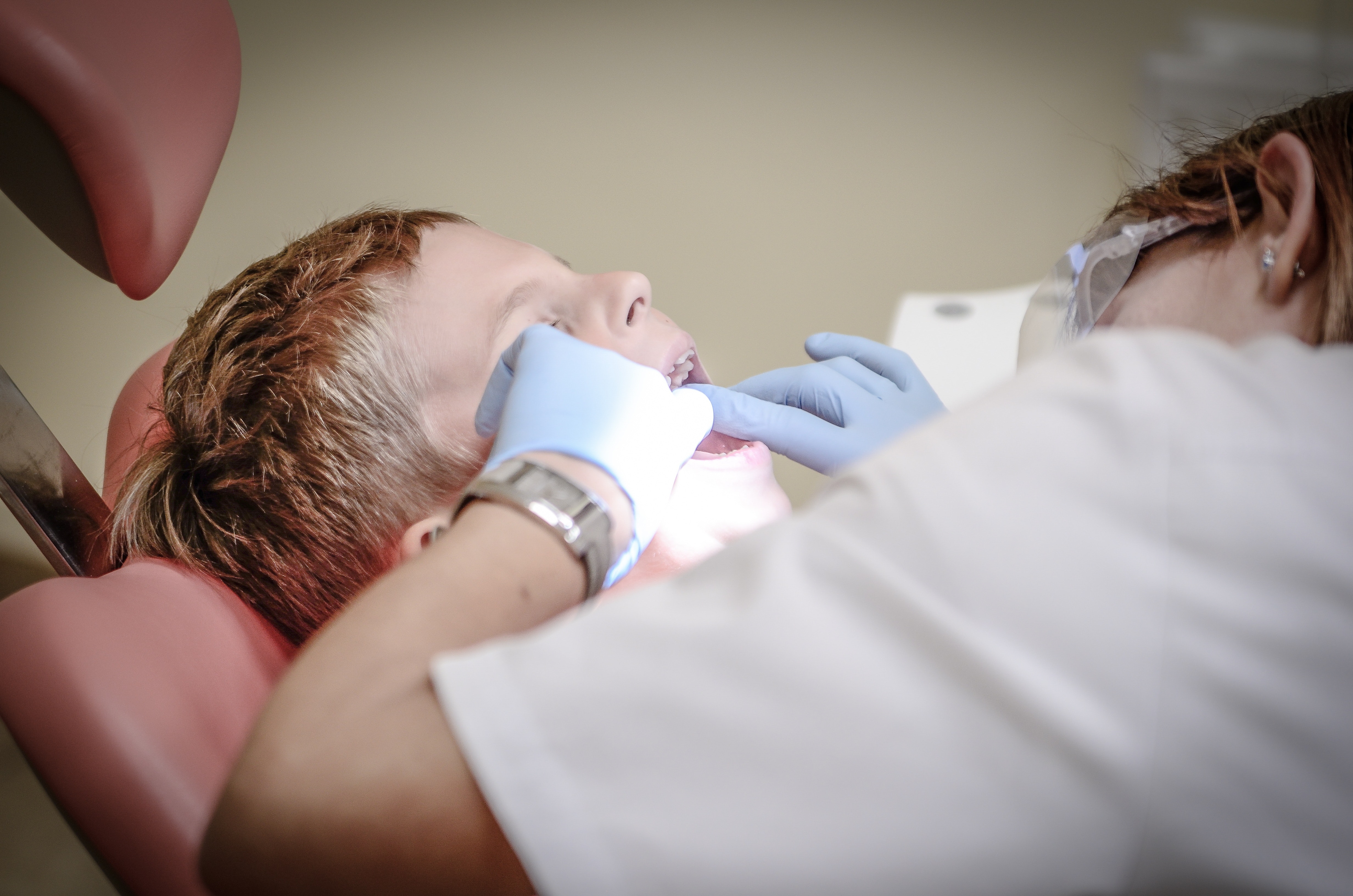Is it an abutment supported or implant supported crown?


Is it an abutment supported or implant supported crown?
These two types of implant restorations are commonly confused by dental professionals. And billing for them is even more confusing. Unfortunately, denials occur when small details like this are incorrect on an insurance claim form. These denials can lead to a loss in cash flow that your dental practice needs. And it makes more work for your dental team.
Dental Cashflow Solutions is a trusted dental billing partner that dentists utilize to avoid claim form mistakes - like confusing an abutment supported or implant supported crown. Through over 10 years of helping dentists submit accurate claims, we've seen topics such as this one be easily confused.
That's why we will clear up the confusion in this article. We will go over how to bill dental insurance for implants, and the difference between an abutment supported and an implant supported crown. This way your team can document your patient's treatment accurately, and also submit more accurate insurance claims to produce revenue.
How Do You Bill Dental Insurance for Implants?
Two types of crowns and retainer crowns restore implants. The two types are abutment supported and implant supported. There is a difference and, most importantly, a difference in insurance reimbursement.
Reporting crowns and retainer crowns associated with implants are often miscoded, resulting in coding errors that can cost your practice. It is important to note that a crown refers to a single crown restoration, and retainer crown refers to the retainer that supports an adjacent pontic as part of a fixed partial denture (bridge). We will now review the difference.
What is an Abutment-Supported Crown?
An abutment-supported crown or retainer crown gains its strength and stability directly from a separate abutment placed on the implant body.
There are three distinct components: the implant body, the abutment, and the crown or retainer crown. The abutment is placed directly on the implant body then the separate crown is placed on the abutment.
This crown is often bonded or cemented onto the abutment. In this case, report the abutment separately using the appropriate code of D6056 for the prefabricated abutment or D6057 for a custom abutment. The proper crown or retainer crown code is selected based on the type of material used in fabrication.
What is an Implant-Supported Crown?
An implant supported crown or retainer crown gains its strength and stability directly from the implant body. There are two separate components: the implant body and the crown or retainer crown.
It is common to utilize an abutment with this system; however, if the abutment is cemented to, bonded to or fabricated with the crown to become a one-piece restoration, the abutment is not reported separately from the crown or retainer crown. This crown is typically screw-retained. The appropriate crown or retainer crown code is selected based on the type of material used in fabrication.

We know that a cost is associated with the utilization of the abutment; however, the abutment cannot be reported as a separate charge.
It is advisable to review your fee for implant supported crown and retainer crown restorations to ensure your full fee reflects the cost of the abutment and additional lab expense involved with the fabrication of an implant supported restoration. Consider visiting https://www.fairhealthconsumer.org/ for fee data.
Ready to take your CDT coding knowledge to the next level?
Always report what you do following the current CDT code set. Select the code that best describes the procedure performed as defined by the CDT code nomenclature and descriptor.
Refer to your current CDT code manual and associated guides for reference.
We, at Dental Cashflow Solutions, not only provide expertise with our billing services, but we also want to provide you and your team the coding and insurance administrative tools necessary to maximize your legitimate reimbursement.
To take your dental team's coding knowledge to the next level. Check out Dental Claims Academy's educational offerings. Through continuous education, your team can improve your dental practice's financial health.
Related Posts
Dental revenue resources from Dental Claim Support

